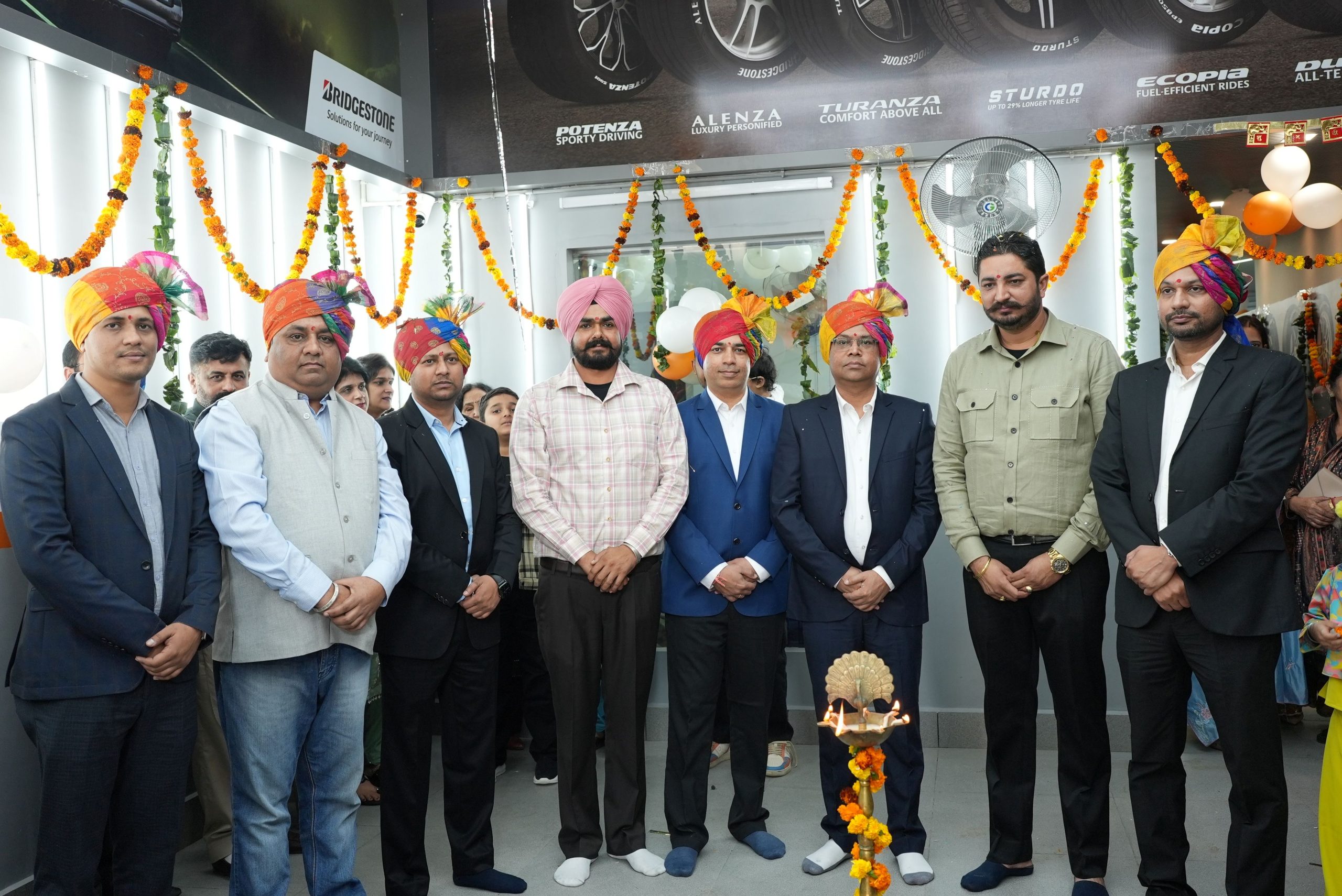In the recently concluded Paris Climate Summit, India promised to cut the intensity of its greenhouse gas emissions per unit of GDP by 33-35% by 2030. In the parleys held in the run-up to the UN summit in Paris, almost every big country had set itself targets to reduce emissions. India, the world’s third-largest emitter of greenhouse gases, had only pledged to limit the amount of carbon dioxide per unit of GDP. As per its commitment towards reducing the environment pollution the government launched ‘Go Green’ bus service for members of parliament. Road transport ministry gifted one retrofitted electric bus to ferry lawmakers at parliament. Another such bus will be gifted soon and the ministry has approved plans to convert at least a dozen traditional city buses to battery-operated ones.
On the other hand the Supreme Court banned the registration of new diesel luxury cars and SUVs with engine capacity of 2000 cc and above until March 31, 2016 in the national capital region, unveiling a raft of measures to clean up Delhi’s toxic air. The court said its directive will likely be reviewed in April next year when Euro 4-compliant diesel engines with improved emission standards are introduced. I feel by banning diesel engines the emissions cannot be brought down. To bring down the emission levels a collaborative approach has to be laid with the stakeholders and proper measures have to be taken. Banning diesel cars will only affect the manufacturers and reduces the growth.
In the automotive industry the emerging trend is transforming towards being connected. The importance of automotive electronics field is moving at a lightning speed as the auto industry undergoes huge transformation. Electronics is playing a major role in the advancement of automotive technology. Electronic content in cars has been steadily increasing since the first digital engine control modules were introduced in the ’80s. Every part of the vehicle has been impacted by electronics in the past 30 years, and today it accounts for more than 40% of a vehicle’s cost, up from 20% in just 10 years.
To know more about Automotive Electronics and its latest trends, we spoke to most of the stakeholders in this issue, where everyone echoed that today, microelectronics enable advanced safety features, new information and entertainment services, and greater energy efficiency. The electronic share in vehicles is already at 40% for IC engine and jumps as high as 75% for electric or hybrid electric vehicles. This trend will accelerate as advances in semiconductor technology continue to drive down the cost of various electronic modules and subsystems. The current issue also features South Asia’s largest construction equipment & technology fair EXCON 2015 which showed the growth path for the industry.
Wish you a Happy and Prosperous 2016.
Bhargav TS
Executive Editor
s.bhargav@nextgenpublishing.net






Leave a Reply